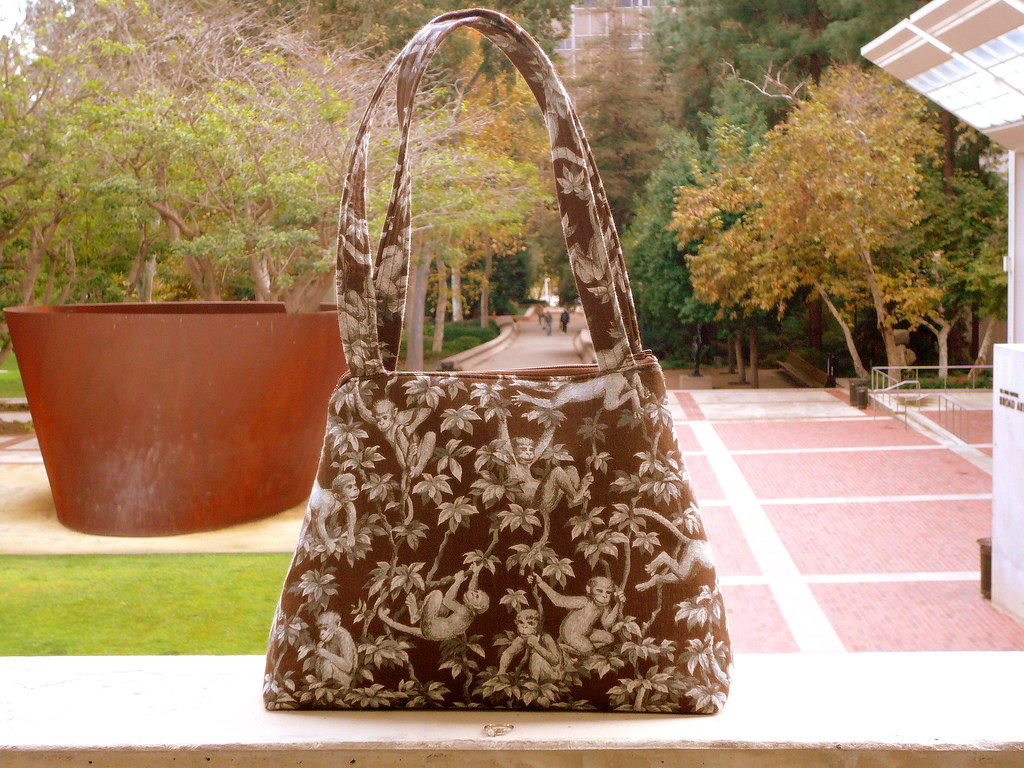Envelope breathing. Begin the inhale just before the arms rise. Complete the movement then let the inbreath conclude. Exhale a tiny moment, then the arms move, following the breath. And so on. If I must breathe in order to move, I follow the breath. This is something MW teaches– not easy but over time it’s wonderful. The mind is a muscle. Not training it during practice is the same as skipping jump-backs.
Potato eyes. Close the eyes in a precarious position. Hard to balance. But what if you then open new “eyes” looking down into the ground? I’m not sure if I mean looking-eyes or more of a potato eye with a root coiling down into the earth. I have heard Viniyoga people say the foot has one root-point at the top of the heel. For me there seem to be four eyes like wheels, looking down so the arches can suck up out of the ground. Makes me think of beanstalks and golden eggs and secretly alchemical fairy tales.
Paganism. A yoga mala (108 suryas) on the solstices. I don’t know how this became routine—but a lot of people in SoCal do nonsense like this. I find it sets a background rhythm. If daily practice puts me in touch with the cause and effect of daily activities, bi-yearly practice highlights the tilting of the planet, the strengthening process, the aging process, and cumulative changes in my mind and breath. The mala is also just beautiful—a particular mental state comes with motion so repetitive. Tomorrow I’ll do it in the dark before the others arrive.
Self-soothing. I wonder if sometimes ashtanga becomes your boyfriend or girlfriend because it’s such a good cuddler. The deep massages of the paivrittas, a snuggle into bakasana. Embroyo-in-the-womb. Good teachers note the tendency to grasp after sensation—they ask for aparigraha at that moment. But at the same time, the solace that comes from self-cuddling feels primal—not just sensation-seeking but self-care. Especially a long child’s pose… being held by the earth, looking in to the earth. More on self-soothing.
Pressure points. Related, there seem to be points that stimulate a dramatic, chemical-feeling relaxation response. In me, the best two are placing the crown of my head lightly on the ground (in the prasaritas, and in the first few DD’s if nobody’s watching) and squashing my thyroid glad but good in shoulderstand.
Playing dead. I think this is where the building happens. Whether it’s from something like theta healing, or because the body thinks it’s sleeping and secretes some extra growth hormone, I don’t know. But over years I have observed the people who don’t really engage the finishing postures and who don’t take Savasana. They seem to be not laying down the proprioceptive wiring, or the neurons, or SOMETHING that is required for fluidl asana practice. They seem to be slowly draining themselves.
I sometimes get a restless lying there consciously, and either count out the relaxation or move my consciousness around the body making each limb feel alternately heavy and light—first pulled down into the earth and then floating up to the sky.
Something more interesting, on days when am still jumpy, is to find a boundary in the body and trace it. This is a self-hypnosis technique—I think I found it in Edgar Cayce years ago, but it might have been the freaky 50-year-old yoga nidra cassettes I once brought in on Inter-Library Loan. Focusing on the boundary between the eyelids, or the where the skin meets the air, or on what might be the moving edge of the peritoneum confounds the mind like a good koan. If yoga is the union of apparent opposites, this is a yoga The mind is a distinguishing machine, so it is funny that you can crash the system by asking it to do what it does best—draw boundaries. Or maybe you don’t crash the system so much as you take it to a different level, one that mental training and asana practice makes possible.
More favorite things:


7 Comments